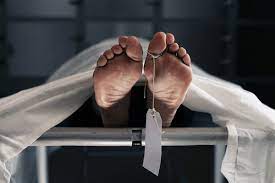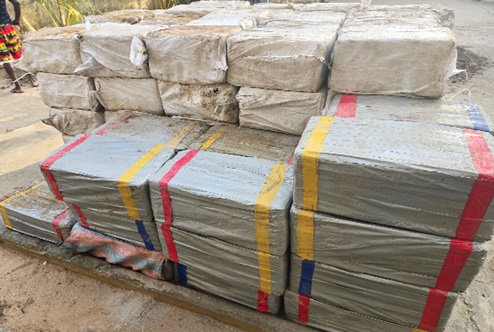
A post-mortem is what?An autopsy, also known as a post-mortem examination, is a medical examination performed on a deceased person to ascertain the precise cause of death. A pathologist, a medical professional who specialises in the nature and causes of disease, performs it.
When is the time to do a post-mortem?
A doctor orders one kind of post-mortem, while a coroner orders the other.
Most post mortems are carried out by pathologists who specialise in histopathology, which is the laboratory study of disease and of diseased tissue. Pathologists are helped by anatomic pathology technologists, who have had specialist training to assist pathologists. Post mortems are usually carried out in the hospital mortuary in a special post-mortem examination room, which is a similar to an operating theatre. In certain circumstances, they may be carried out in the local public mortuary, or in a regional centre for specialist post mortems
Hospital post-mortems may be limited to particular areas of the body, such as the head, chest or abdomen. When you’re asked to give your consent, this will be discussed with you. During the post-mortem, only the organs or tissue you have agreed to can be removed for examination.
After death, a sequence of changes naturally occurs in the human body. Although these changes proceed in a relatively orderly fashion, a variety of external factors and intrinsic characteristics may accelerate or retard decomposition.
Understanding common postmortem changes and the variables that affect them allows the forensic pathologist to more accurately estimate the postmortem interval (PMI) and to provide a time frame during which death occurred. Further, an awareness of common postmortem artifacts limits the risk of misdiagnosis at the time of autopsy.
After the organs are examined by the pathologist in their normal anatomical location, the organs to be examined further (usually the organs of the chest and abdomen, and sometimes the brain) are removed for further study. At this point the organs usually are separated from each other and further dissected (cut open) to reveal any abnormalities, such as tumors, on the inside. Small samples of normal and abnormal tissue typically are taken from all organs and then prepared as slides for examination under a microscope. At the end of an autopsy, the incisions made in the body are sewn closed.
All organs normally have small samples of both normal and aberrant tissue taken, which are then prepared as slides for microscopic inspection. Once an autopsy is complete, the body’s wounds are sewn shut.
Before the incision is closed, the organs may be removed and returned to the body, or they may be kept for diagnostic, educational, and scientific purposes. When granting permission for an autopsy to be conducted, you are free to inquire about this. Most of the time, if desired, the deceased’s family members can also specify that the organs be returned to the body for interment.
Source: m.dailyadvent.com




